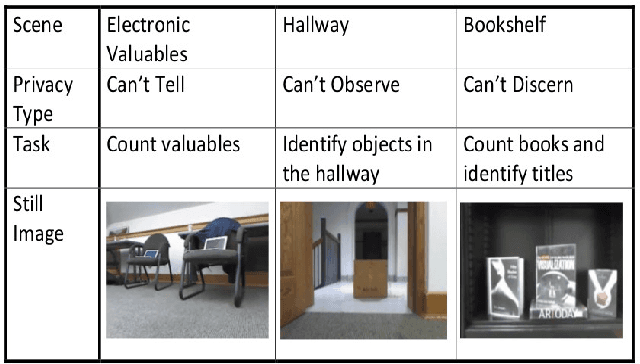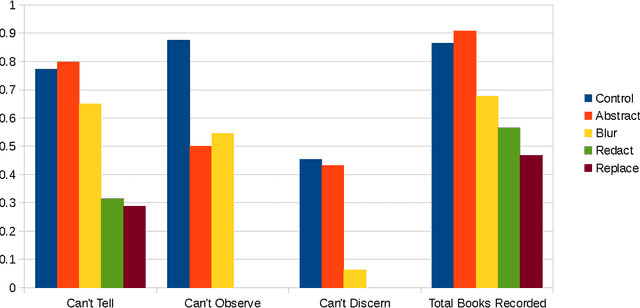Video Manipulation Techniques for the Protection of Privacy in Remote Presence Systems
Paper and Code
Jan 13, 2015



Systems that give control of a mobile robot to a remote user raise privacy concerns about what the remote user can see and do through the robot. We aim to preserve some of that privacy by manipulating the video data that the remote user sees. Through two user studies, we explore the effectiveness of different video manipulation techniques at providing different types of privacy. We simultaneously examine task performance in the presence of privacy protection. In the first study, participants were asked to watch a video captured by a robot exploring an office environment and to complete a series of observational tasks under differing video manipulation conditions. Our results show that using manipulations of the video stream can lead to fewer privacy violations for different privacy types. Through a second user study, it was demonstrated that these privacy-protecting techniques were effective without diminishing the task performance of the remote user.
 Add to Chrome
Add to Chrome Add to Firefox
Add to Firefox Add to Edge
Add to Edge